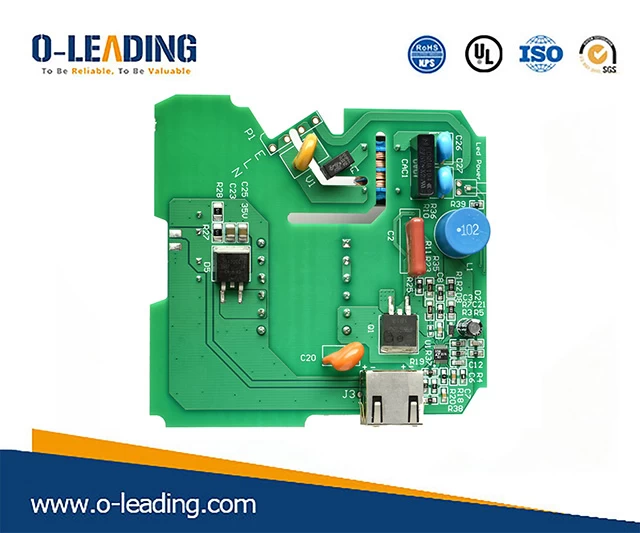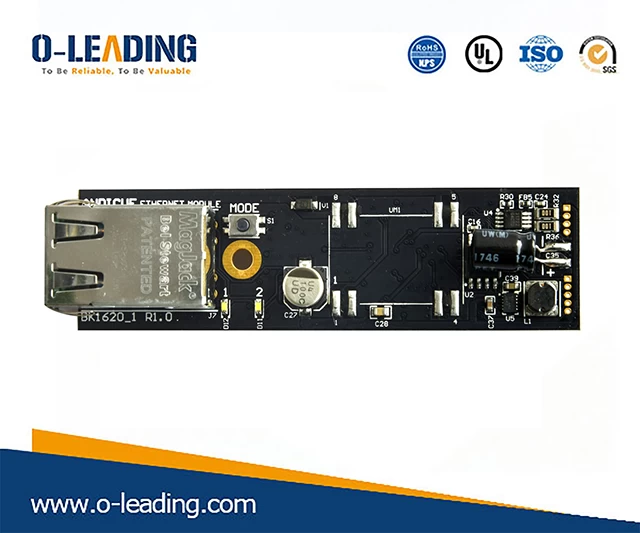Description and function description of each layer in PCB board
Many netizens, especially novices, are not fully aware of the various layers in PCB design. I don't know the role and usage. Here is a systematic explanation for everyone:

Laser Stencil manufacturer china
1, Mechanical mechanical layer
As the name implies, the appearance of the entire PCB is mechanically shaped. In fact, when we say the mechanical layer, it refers to the overall structure of the PCB. It can also be used to set the board's form factor, data marks, alignment marks, assembly instructions, and other mechanical information. This information varies depending on the requirements of the design company or PCB manufacturer. In addition, the mechanical layer can be attached to other layers to output the display together.
2, Keep out layer (disable wiring layer)
Used to define areas on the board where components and wiring can be placed efficiently. A closed area is drawn in this layer as the effective area of the wiring, and it is not automatically laid out and routed outside the area.
The banned wiring layer is the boundary when we define the copper of the electrical characteristics of the cloth. That is to say, after we have defined the banned wiring layer, we can not extend the wiring of the electrical characteristics in the future cloth. Layer boundaries, often used to use the Keepout layer as a mechanical layer, this method is actually wrong, so it is recommended that you make a distinction, otherwise the board factory will give you a property change every time you produce.

3, Signal layer (signal layer)
The signal layer is mainly used to lay out the wires on the circuit board. Includes Top layer, Bottom layer and 30 MidLayer. The top layer and the Bottom layer are placed in the device, and the inner layer is routed.
4, Top paste and Bottom paste
It is the top layer and the bottom pad steel mesh layer, and the size of the pad is the same. This is mainly because we can use the two layers to make the steel mesh when we do SMT. Just dig a pad size on the net. Hole, we put this steel mesh on the PCB board, and brush it evenly with a brush with solder paste.
5, Top Solder and Bottom Solder
This is a solder mask to prevent green oil coverage. We often say "windowing". Conventional copper or traces are covered with green oil by default. If we deal with the corresponding solder mask, it will stop green. If the oil is covered, the copper will be exposed. The difference between the two can be seen in the following figure:

RoHs Compliant manufacturer china
6, Internal plane layer (internal power / ground layer)
This type of layer is only used for multi-layer boards. It is mainly used to arrange power lines and ground lines. We call double-layer boards, four-layer boards, and six-layer boards. Generally speaking, the number of signal layers and internal power/ground layers.
7, Silkscreen layer (silk screen layer)
The silkscreen layer is mainly used to place printed information, such as outlines and labels of components, various annotation characters, and the like. Altium offers two silkscreen layers, Top Overlay and Bottom Overlay, with top-level silkscreen files and bottom-screen silkscreen files.
8, Multi layer (multilayer)
The pads on the board and the through vias penetrate the entire board and establish electrical connections with different conductive patterns. Therefore, the system has an abstract layer—multilayer. Generally, the pads and vias are placed on multiple layers. If this layer is turned off, the pads and vias cannot be displayed.
9, Drill Drawing (drilling layer)
The drilled layer provides drilling information during the manufacturing process of the board (such as pads and vias that require drilling). Altium offers two drilled layers: Drill gride and Drilldrawing!
































